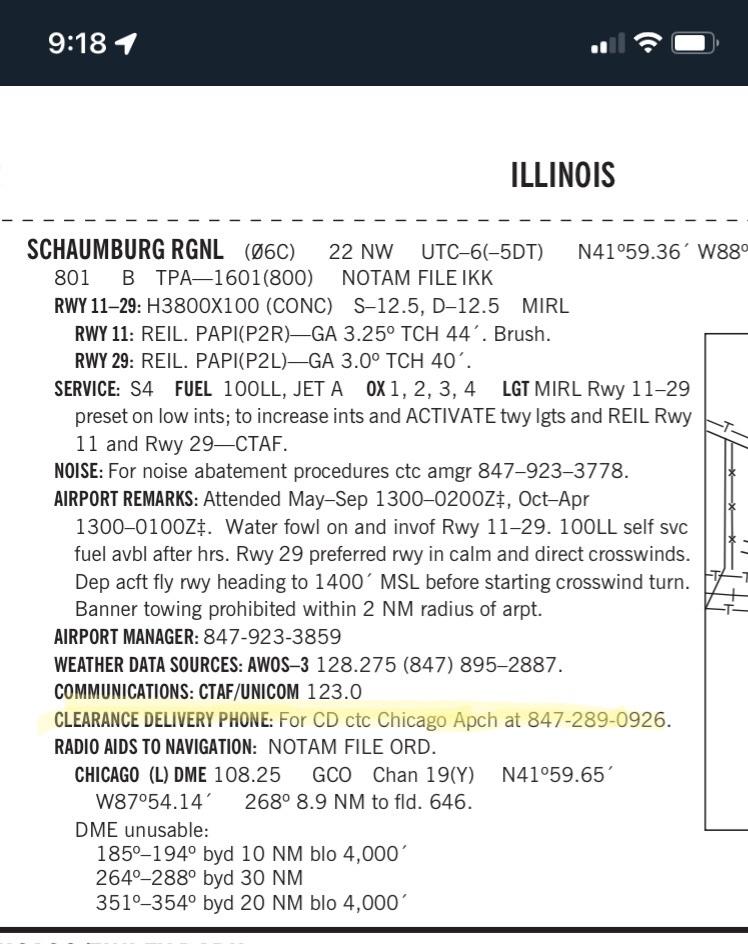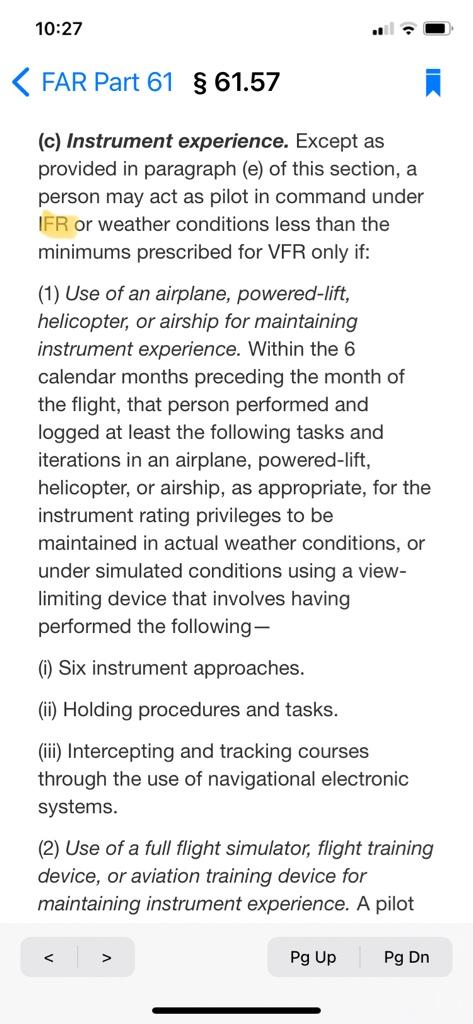ArrowFlyer86
Pattern Altitude
- Joined
- Jul 17, 2019
- Messages
- 1,567
- Location
- Chicago suburbs
- Display Name
Display name:
The Little Arrow That Could
My understanding is that to fly in the outer-ring of the POTUS TFR under VFR you need to:
(0) File a VFR flight plan;
(1) Have a discrete squawk code;
(2) Stay in 2-way communication with ATC the whole time you're in the TFR;
(3) Be departing/arriving the area, no loitering or practice allowed
Since I'm at a towered airfield, would that just mean that I file a VFR flight plan, activate it on the ground, then ask ground control to set me up with flight following before takeoff so I can get that squawk? Then they just pass me off to departure after takeoff, similar to flying IFR?
I'm asking because I'm supposed to fly tomorrow and had not anticipated POTUS coming to town... And I'd prefer not to show up on Aviation Mishaps tomorrow evening
(0) File a VFR flight plan;
(1) Have a discrete squawk code;
(2) Stay in 2-way communication with ATC the whole time you're in the TFR;
(3) Be departing/arriving the area, no loitering or practice allowed
Since I'm at a towered airfield, would that just mean that I file a VFR flight plan, activate it on the ground, then ask ground control to set me up with flight following before takeoff so I can get that squawk? Then they just pass me off to departure after takeoff, similar to flying IFR?
I'm asking because I'm supposed to fly tomorrow and had not anticipated POTUS coming to town... And I'd prefer not to show up on Aviation Mishaps tomorrow evening


